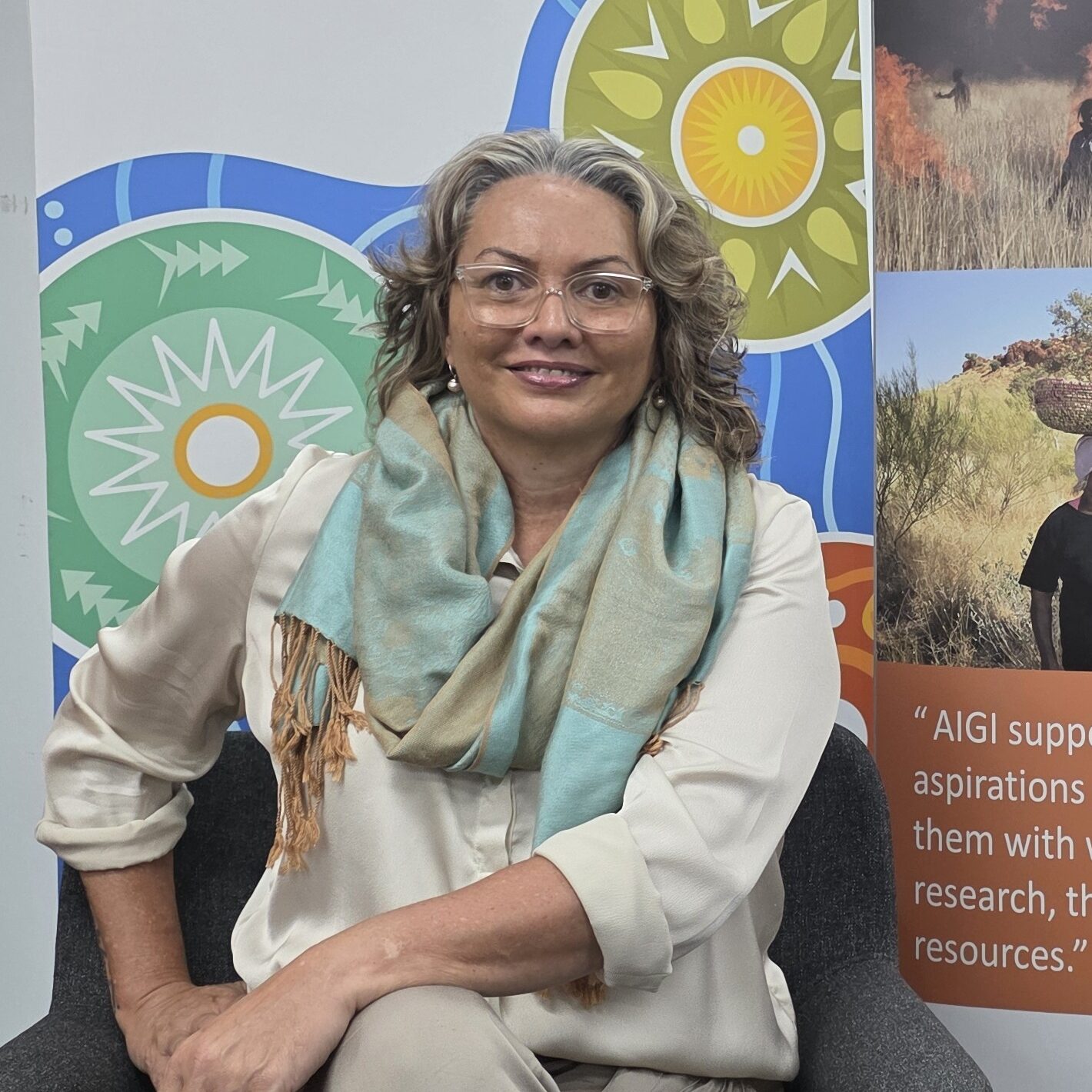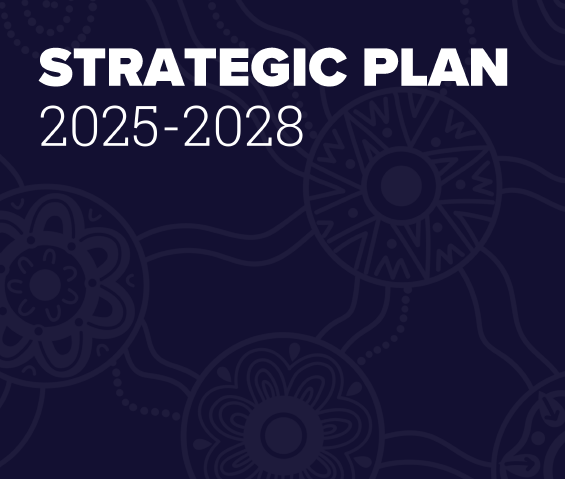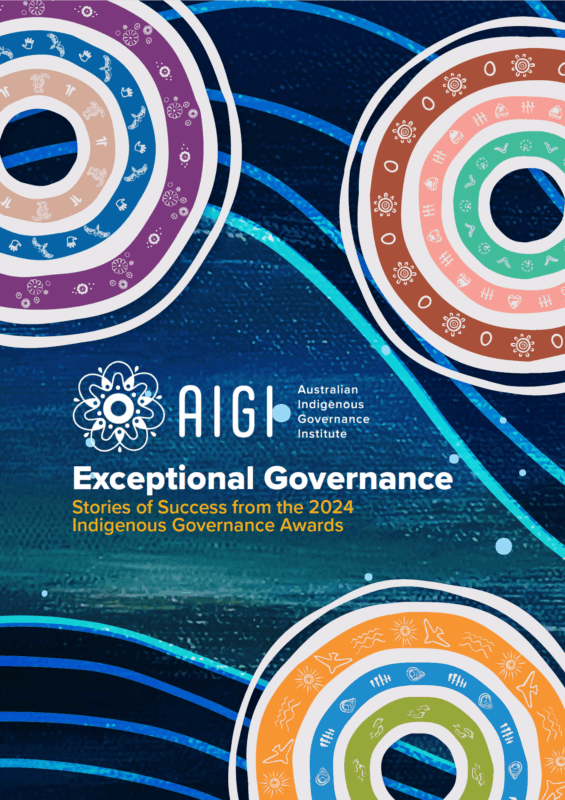This resource is for groups assess how their data is governed, used, and shared who are beginning their IDSov journey or seeking to improve awareness and knowledge It helps identify whether data agreements, projec...
The Marruk Project on the advantages of non-incorporation
The Marruk Project on the advantages of non-incorporation
Build your governance
Download
Request download

The Marruk Project was awarded First Place in Category B of the 2014 Indigenous Governance Awards. Here Project Manager Angela Frost explains the benefits of being a non-incorporated entity – the project can operate fluidly and remain true to its core values.









.png)

